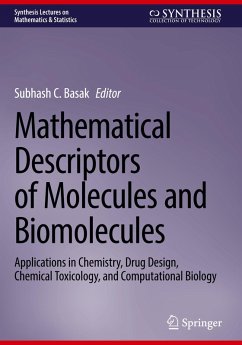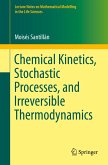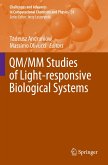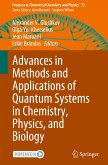This book provides an up-to-date overview of data driven and evidence-based empirical approaches in the efficient application of chemodescriptors and biodescriptors. Currently there is a steady increase in the use of data analytics and model-based decision support systems in basic and applied research in chemoinformatics, bioinformatics, pharmaceutical drug design, predictive toxicology, and computational biology. Since there are a plethora of modeling methods and a large number of chemodescriptors and biodescriptors available today, robust statistical and machine learning methods are applied throughout. In addition, the development of statistically robust predictive models in rank deficient cases using chemodescrip tors and biodescriptors is discussed. Readers are provided with an up-to-date overview of the theoretical background, calculation methods, and proper use of chemodescriptors and biodescriptors in model building, with special emphasis on computer-assisted organic synthesis, new drug discovery, hazard assessment of chemicals, and computational biology of emerging global pathogens. The book also discusses the applications of alignment-free sequence descriptors (AFSDs) in vaccine design and the characterization of emerging global pathogens such as the Zika virus and SARS-CoV-2. The utility of molecular fragment-based descriptors in building useful quantitative structure-activity relationship (Q)SAR) models is detailed as is the use of mathematical structural descriptors in chemical synthesis planning.
Bitte wählen Sie Ihr Anliegen aus.
Rechnungen
Retourenschein anfordern
Bestellstatus
Storno








